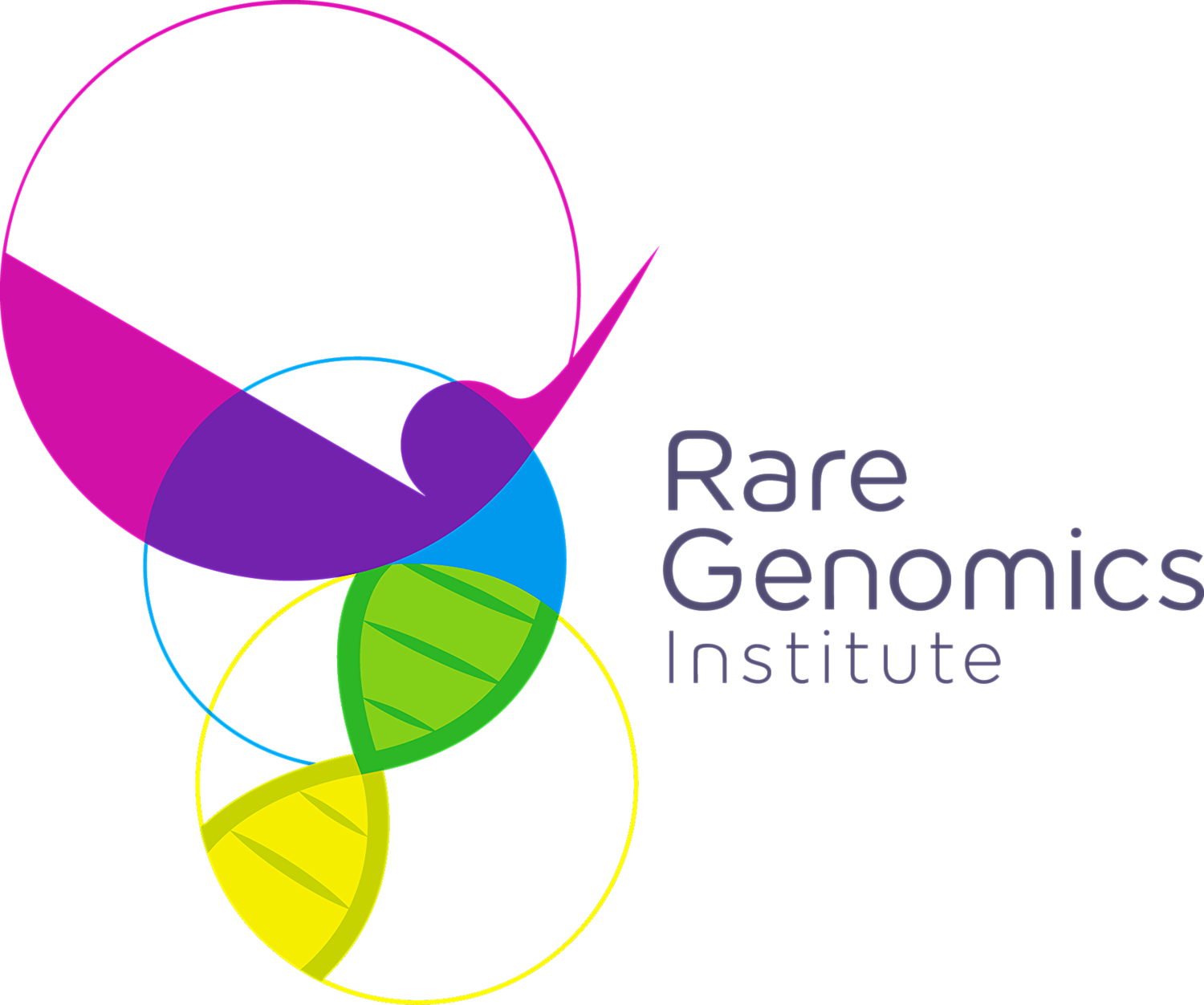The Complexity of Mito: What we learned from the UMDF Conference
/At the end of June, we attended our first genetic disease conference: Mitochondrial Medicine 2018 hosted by the United Mitochondrial Disease Foundation (UMDF). We were quick to discover that the Mito community shared many similarities with our own undiagnosed rare disease community.
Mitochondrial diseases result from failures in the mitochondria, an organelle responsible for over 90% of the energy needed to sustain life in the human body. Aside from their role as the “powerhouses of the cell,” mitochondria play an essential role in the breakdown and recycling of waste and cell death(apoptosis) (1). Body parts such as the heart, brain, muscles, and lungs are impacted when mitochondria are unable to properly function (2).
Similar to our RG patients, mitochondrial diseases result can be inherited or due to spontaneous mutations in the mitochondrial DNA (mtDNA) or nuclear DNA (nDNA). What makes Mito difficult to diagnose is that similar mtDNA mutations can cause completely different mitochondrial diseases (Genocopies). Additionally, completely different mutations in mtDNA and nDNA can lead to the same diseases (Phenocopies). Symptoms include dysfunction in three or more organ systems and severe developmental delays, seizures, strokes, and the inability to walk or digest food (2).
Approximately 1,000-4,000 children are born every year with mitochondrial in the United States (3). According to the United Mitochondrial Disease Foundation (UMDF), “every 30 min a child is born who will develop a mitochondrial disease by age 10.” The prevalence of Mito is similar to that of mental illness (4) or the prevalence of cystic fibrosis of Caucasian births in the US (5).
From the conference it was clear that there is a strong community of Mito patients with complex disease and still a significant need for molecular diagnostic support. Many adult patients approached our exhibition table during the conference and asked about our philanthropic sequencing efforts. Adult onset mitochondrial disease is becoming more common and unfortunately most sequencing programs only serve child patients.
It is important to understand the unique needs of all Mito patients . UMDF, the conference organizer, helped bring awareness about the organizations working to support these patients. They hold Congressional Mitochondrial Disease Caucus briefings to raise awareness of the diagnostic odyssey and challenges patients face to educate and inspire change. Their registry is aimed to identify and characterize Mito patients while giving them Private Access and de-identifying account information as well as notifications of clinical trials and studies they may be eligible for. Lastly, in collaboration with the Mitochondrial Medicine Society and other patient advocacy groups, UMDF is supporting the development of a Mito Care Network (MCN). This network will include a medical facility that will serve as a one stop shop for Mito patients.
mitoAction was a fellow exhibitor at the UMDF conference. They are another organization that hosts weekly support groups, facilitated discussions on managing Mitochondrial disease (MitoCafe) and Mito Playdates for kids and Socials for families! They also offer financial support for Mito disease burden through Marcel’s way Family Fund, summer camp attendance (Matthew Hardy Camper Fund) and school scholarships for patients. Finally, on the clinical end, they offer lists on Mito Toxic medications, Symptoms Guides and Care Protocols for Physicians and a Physician list for specialists in your area.
However, the highlight of the conference was randomly meeting the mother of a patient we helped at RG. Jessica’s daughter received free trio clinical whole genome sequencing this year through our iHope program with Illumina. Through the testing, they have a path forward for how to help their daughter with her now suspected mitochondrial disease.
Through UMDF’s Mitochondrial Medicine conference, we can see just how interconnected we all are. Our RG patients may become Mito patients, and by opening the lines of communication with other charities and patient advocacy organizations in the space, we can prepare a better avenue of support for our patients in need.
References
- MRC Mitochondrial Biology Unit, University of Cambridge. “What are Mitochondria?”
- UMDF, What is Mitochondrial Disease?
- Cleveland Clinic, Mitochondrial Diseases
- National Institute of Mental Health, Statistics, Prevalence of Any Mental Illness (AMI) Among Adults. (n.d.). Retrieved August 2, 2018
- MitoAction (0000) MitoAction About Mitochondrial Disease—Mito FAQ: MITOACTION.ORG.


